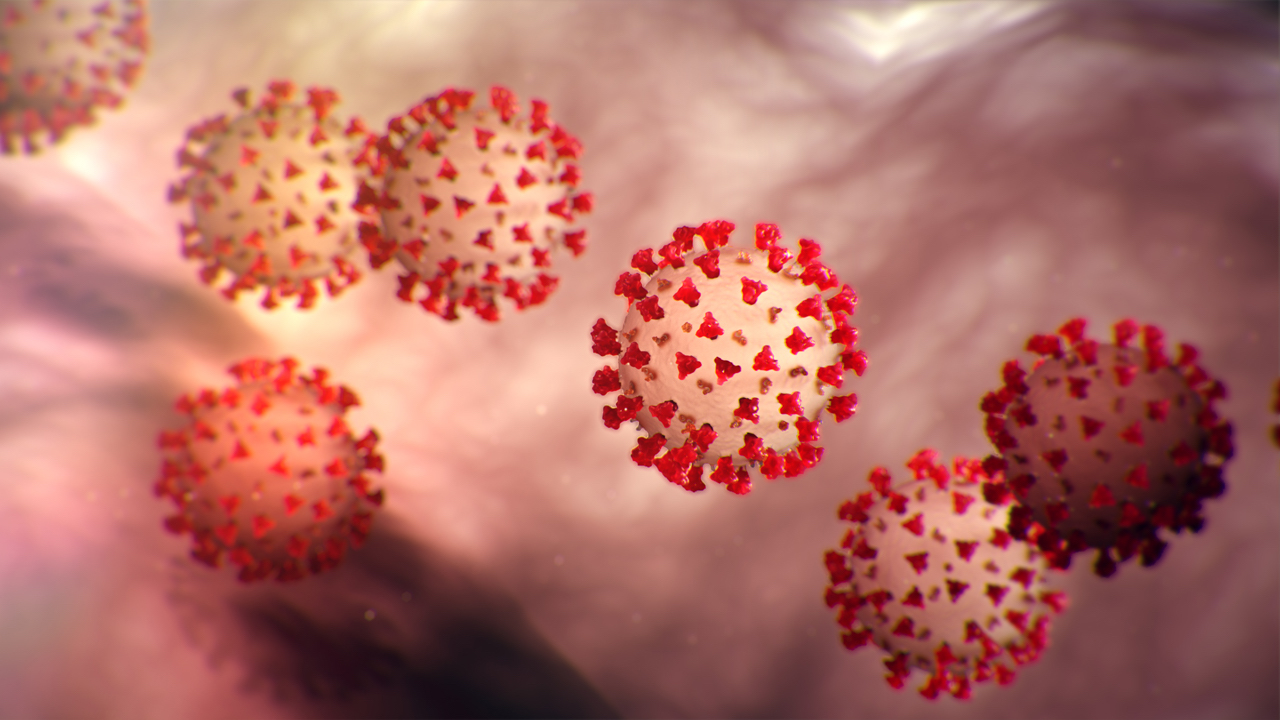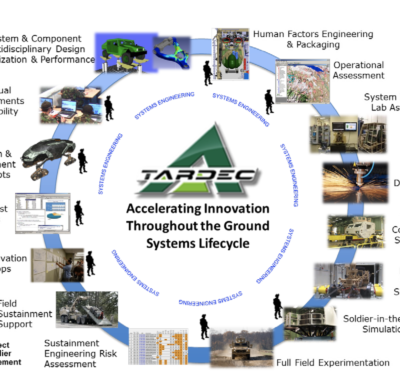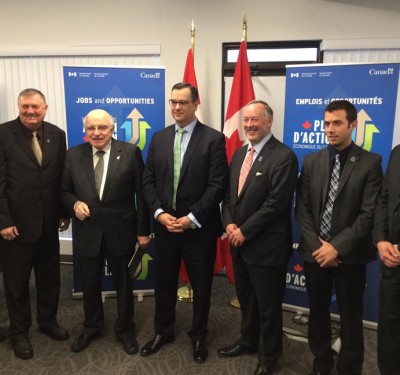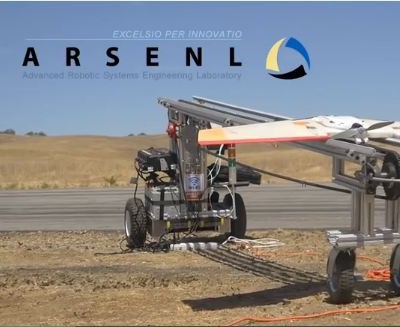
Coronovirus, artist’s rendering. Courtesy of the Centers for Disease Control and Prevention.
China’s health authorities have put robots and drones on the front lines to help control the spread of the coronavirus. The autonomous systems scan crowds for hints of infection, deliver medical supplies and treat surfaces with disinfectant.
The firm QianXun Spatial Intelligence Inc. began a program February 10 that uses drones to make deliveries, China’s People’s Daily reported. The first transport of some 150 lbs. of emergency medical supplies was made on February 13 to Wuhan Jinyintan Hospital, which is handling confirmed cases of covid-19 (coronavirus). QianXun SI is a positioning service firm that uses China’s BeiDou Navigation constellation and its nationwide ONE Network augmentation system of more than 2,000 continuously operating reference stations (CORS) to provide location at the centimeter level.
Is it not clear what kinds of drones QianXun uses, but the company announced a partnership with the Swiss GNSS manufacturer u-blox in 2018. The latter firm noted in a press release that unmanned aircraft and robotic vehicles were helping drive demand for location services.
Another Chinese firm, MicroMultiCopter Aero Technology Co., deployed some 100 rotorcraft across the country to scan large crowds for people who might need medical attention. The firm monitors the drones and has dispatched nearly 200 employees to command centers to track what is going on in real time, CNN reported.
Drones can also be used to spray disinfectant, said People’s Daily Online.
Unmanned aircraft systems (UAS) spray public places including some in east Anhui Province, according to China Global Television Network and the World Health Organization. They also monitor behavior on the streets, reminding people to wear masks or broadcasting messages asking groups to disperse.
In addition, UAS and rolling robots equipped with infrared sensors can scan people for elevated temperatures. Ground systems in hotels and hospitals deliver meals and convey information, reducing human contact and the chance of infection transmission.






